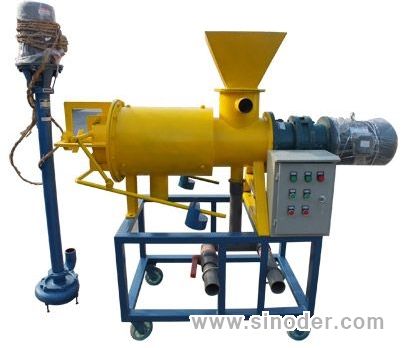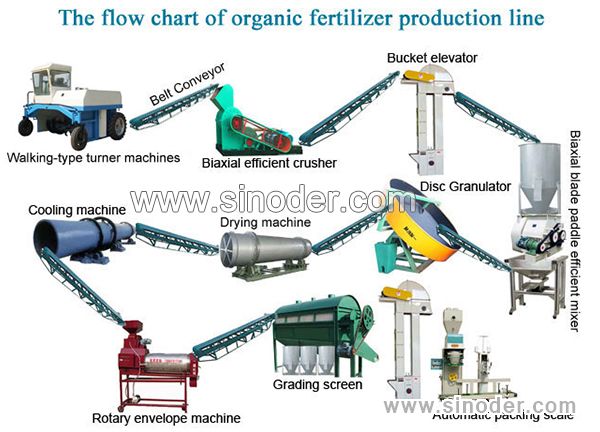1.Description:
The kitchen waste biochemical processor is a mechanical device that provides the necessary degradation environment for organic waste (food, garden, fruit, vegetable, etc.) microbial treatment bacteria and rapidly degrades organic waste (kitchen, garden, fruit and vegetable, etc.). The device provides suitable temperature, humidity, oxygen content and the like for the microbial treatment bacteria, so that the organic waste can be rapidly degraded.
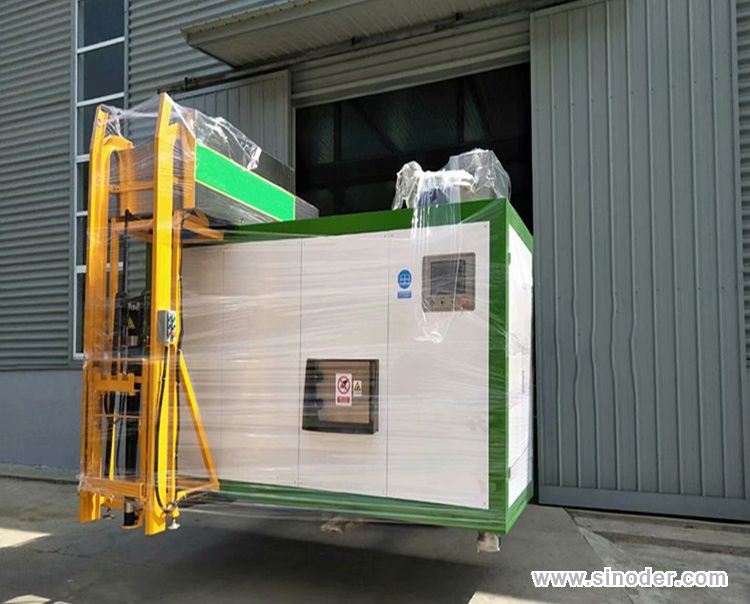 2. Equipment composition:
2. Equipment composition:
The equipment consists of a stirring system, a fermentation degradation system, a PLC automatic electronic control system, a heating system and a purification and deodorization system.
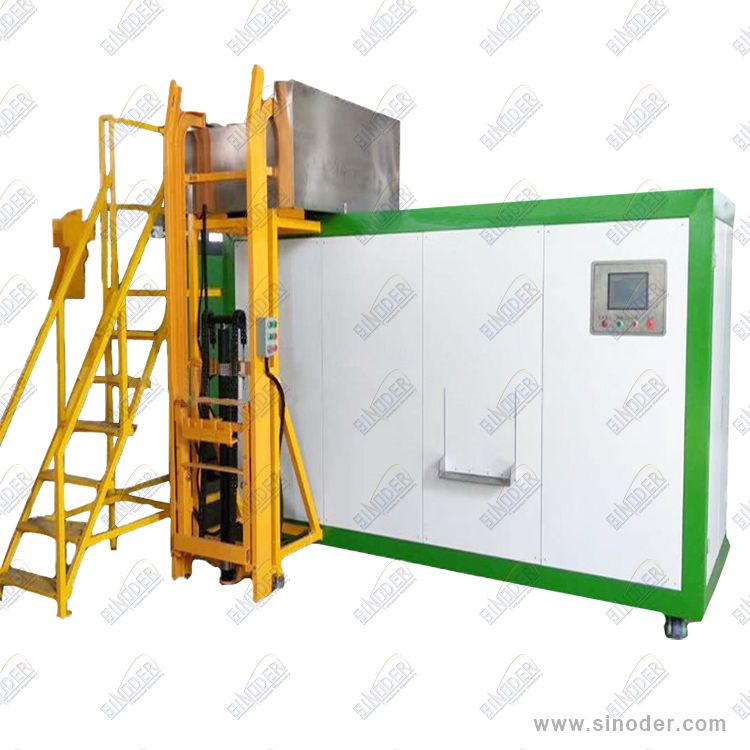 3. Product specifications, performance characteristics, etc.
3.1 Basic parameters of the device
3. Product specifications, performance characteristics, etc.
3.1 Basic parameters of the device
| Model |
Rated daily throughput(kg/d) |
Power (v) |
Dimensions (mm) |
| HL-KWBP50 |
50 |
380 |
1150*700*1000 |
| HL-KWBP100 |
100 |
380 |
2010*1150*1500 |
| HL-KWBP200 |
200 |
380 |
2500*1500*1950 |
| HL-KWBP300 |
300 |
380 |
2750*1500*1910 |
| HL-KWBP500 |
500 |
380 |
3250*1750*2210 |
| HL-KWBP1T |
1000 |
380 |
3500*2280*2650 |
| HL-KWBP2T |
2000 |
380 |
3780*2770*2600 |
| HL-KWBP3T |
3000 |
380 |
4300*4750*2180 |
| HL-KWBP5T |
5000 |
380 |
4450*5400*2470 |
| HL-KWBP10T |
10000 |
380 |
6500*4700*2850 |
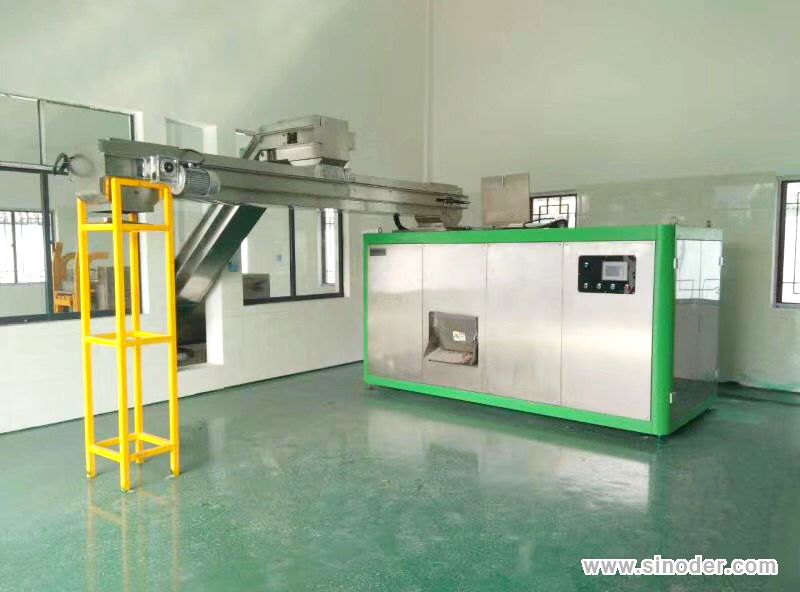
3.2. Equipment technical performance
Host introduction
1 This machine adopts PLC control, and the display has stirring, unloading, temperature, deodorization, purification and flushing functions.
2 Stirring: You can set the mixing time and interval, that is, how long each stirring, how often the interval is stirred
3 Unloading: Open the discharge port and press the discharge to complete (you must press the “Stop” button before pressing the material, and then press the “Unload” button).
4 Temperature: The heating temperature and ambient temperature (ie the degradation tank temperature) can be set. When the heating temperature or (ambient temperature) is lower than the set value, the device will automatically start the heating system to bring the temperature to the set value.
5 Purification and deodorization: The equipment will start the purification pump and the deodorizing induced draft fan according to the set time, and the odor in the degradation tank will be led to the deodorization tower for treatment and discharge.
6 flushing: regularly flush the dirt at the bottom of the degradation tank to the sewer.
4. Equipment use requirements
4.1 The equipment should be placed in a separate space, the ambient temperature is not lower than 0 °C, and the space area is not less than 15 m2.
4.2 The equipment requires a three-wire four-phase independent power supply (380V) with a carrying power greater than 5kw.
4.3 There are water pipes, sewers and gas discharge channels in the space.
5. Button operation instructions:
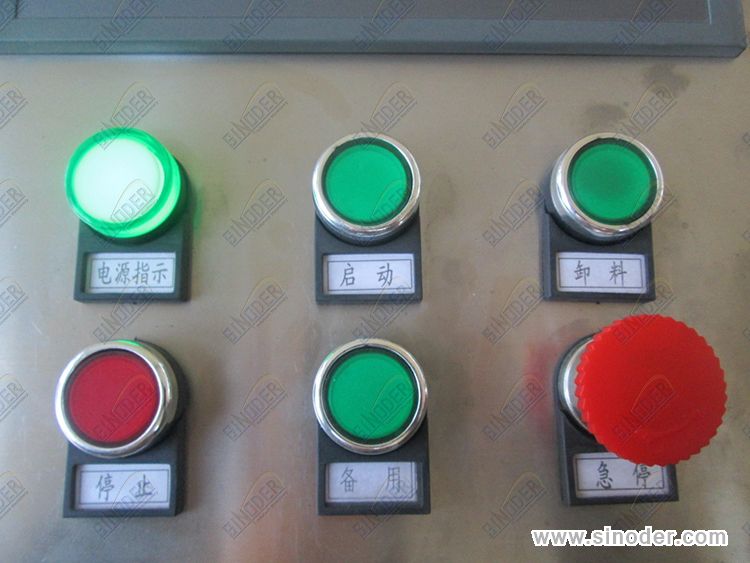
1) Turn on the power (close the switch in the power distribution box). The “Power Indicator” light is on, and the display automatically opens the operation interface.
2) Open the feeding cover, drain the kitchen waste to the oil, pour into the equipment degradation tank, mix the appropriate amount of auxiliary materials (sawdust, bran, etc.), add the bacteria, and close the feeding cover.
3) Press the “Start” button to start the device (stirring, deodorizing fan, purifying pump, heating, flushing).
4) Parameter setting: Press the display interface to set the parameters.
5) Unloading: Before unloading, you must press the “Stop” button and then the “Unload” button.
6) Emergency stop: consistent with the stop button function.
6. Display interface description
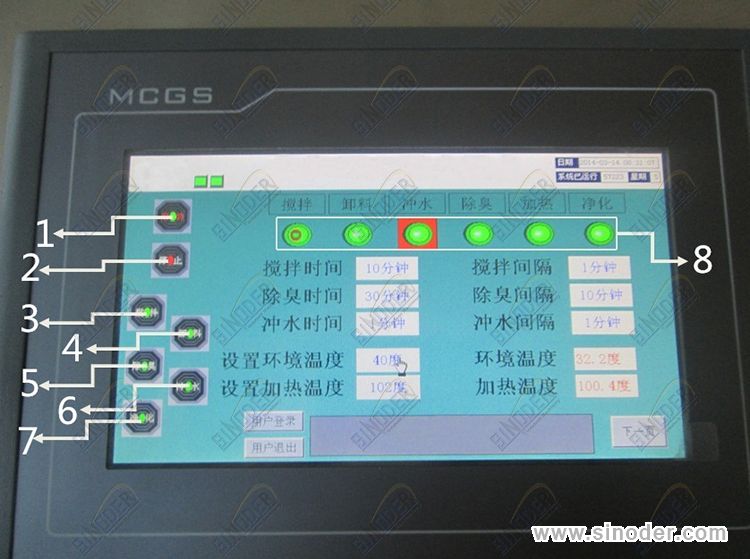
1) Open and consistent with the physical open button function
2) Stop the function consistent with the physical stop button
3), 4), 5), 6), 7) are jog buttons, used to check the positive and negative functions of each function, press the operation, lift and stop.
8) Working status indication, it is working when there is red dot flashing, and it stops when there is no flashing.
7. Equipment use process
The kitchen waste treatment equipment is slightly different according to the characteristics of different manufacturers of biological bacteria (consulting bio-bacteria manufacturers), taking Weifang Su Kehan strain as an example, the equipment process is determined as follows:
7.1 Temperature setting: The heating temperature is 80 degrees. The ambient temperature is 55 degrees.
7.2 Stirring setting: Stir for 10 minutes at intervals of 1 minute.
7.3 Adding bacteria: Add 25g per ton of garbage and add it with the garbage.
7.4 Deodorization setting: The upper exhaust vent is connected to the exhaust fan, and the exhaust fan is connected to the odor treatment system for absorption treatment.
Instructions
1. The temperature will decrease by about 15 degrees after each garbage is added. It is affected by the temperature of garbage, the amount of garbage, the moisture content of garbage and the composition of garbage. After adding garbage, it takes 4-5 hours to reach the set ambient temperature.
2. After the waste water is warmed up, the temperature of the fermented waste can be maintained at 60-65 degrees, and the ambient temperature is 46-50 degrees.
3. Add 10% sawdust and bran as a moisture conditioner every time you add garbage.
Inoculant addition instructions
2. The microbial agent is added simultaneously when the kitchen waste is added to the device;
3. The dosage of the microbial agent is added according to the addition of 25 g of the microbial agent per ton of garbage;
4. The microbial agent may be directly added with a solid powder, or may be dissolved and diluted with water before being added;
5. During the process of waste fermentation in the equipment, the heating temperature should not exceed 70 degrees in order to ensure the survival of the strain;
6. Microorganisms exotherm during the fermentation process and increase the temperature of the waste to maintain the temperature balance of the waste. Under normal circumstances, if external heating is not used, the temperature of microbial fermentation is up to 65-58 degrees;
7. During the fermentation process, the material is loose and ventilated smoothly, and the oxygen consumption required by the microbial agent in the fermentation process is ensured;
8. Su Kehan's microbial agents belong to the enzyme complex, which contains a variety of enzyme preparations and a variety of microorganisms.
It has the functions of rapid fermentation, deodorization and degreasing;
9. Inoculant properties. Appearance: light brown powder; applicable temperature: 70 degrees or less; applicable ph: 6.5-8.0.
8. Installation Notes:
8.1 Before installation, please place the equipment indoors, the indoor temperature should not be lower than 0 °C;
8.2 If you need to install outdoors, please avoid direct sunlight or get wet;
8.3 Ensure that the ground is flat during installation, otherwise it may cause vibration and noise, which may damage the machine;
8.4 The distance between the host and the wall should be at least 100 cm;
8.5 The distance between the host and the deodorizing device should be 100-200 cm;
8.6 The host needs high voltage power supply, please arrange an independent power supply device;
9. Degradation removal
When the degradant accumulates to the upper limit line of the degradation tank, it is necessary to arrange for the degraded material to be taken out:
9.1 Place the degradable material recovery bin directly below the discharge door;
9.2 open the discharge door on the front of the device;
9.3 In the stopped state, press the "Unload" button.
9.4 The equipment will automatically discharge the degraded material to the degradables recovery tank, and the undegraded degraded material will be used as a reserved matrix.
9.5 Close the discharge side door;
THE SELLER : ZHENGZHOU SINODER INDUTECH MACHINERY CO.,LTD
Address : Building A, Ccmall Plaza, Jianshe Road, Zhengzhou City, Henan Province, China
Cell/whatsapp:0086 15138671080
Telephone : +86-371-55933391
Email : hitech@sinodergroup.com
Represented by : Robin











